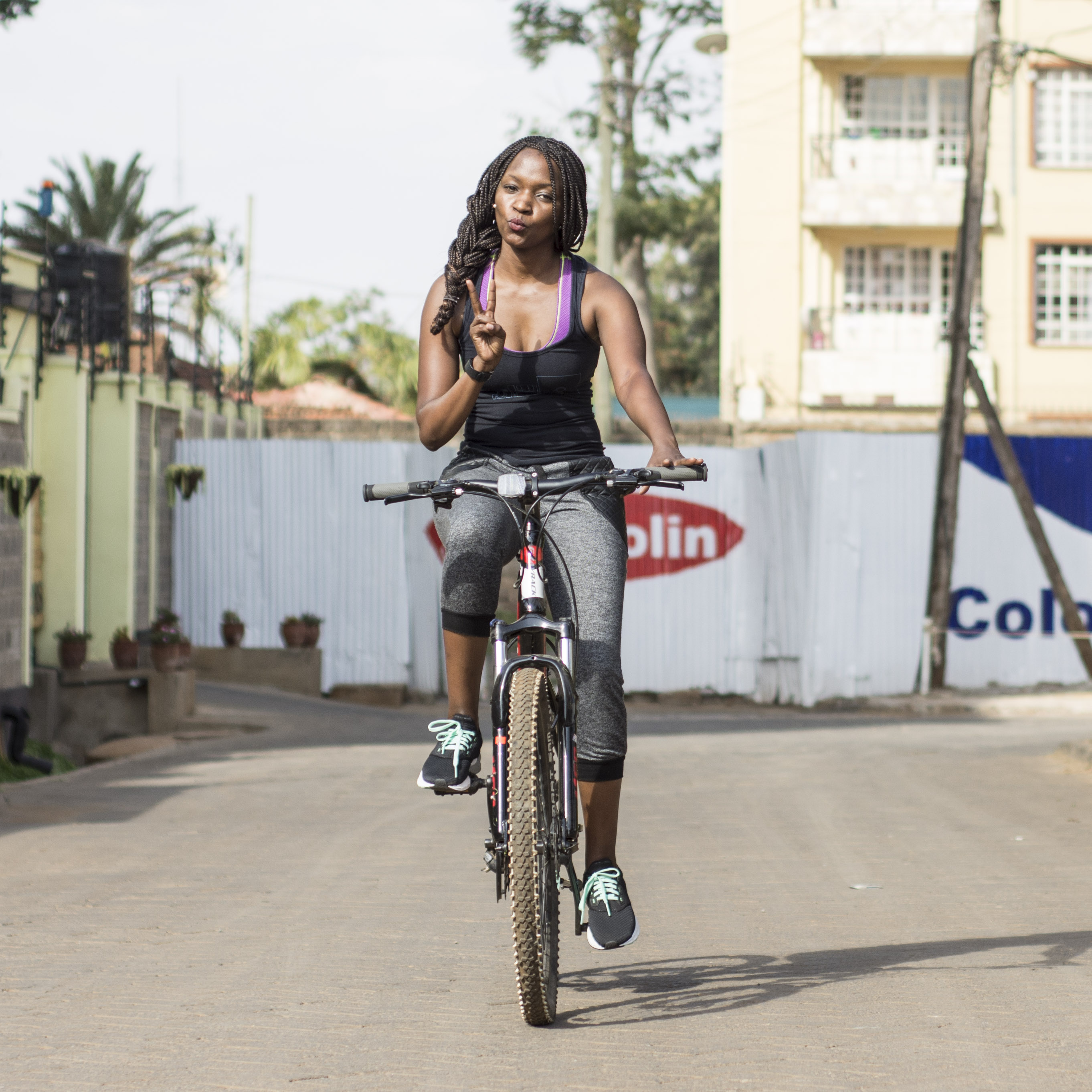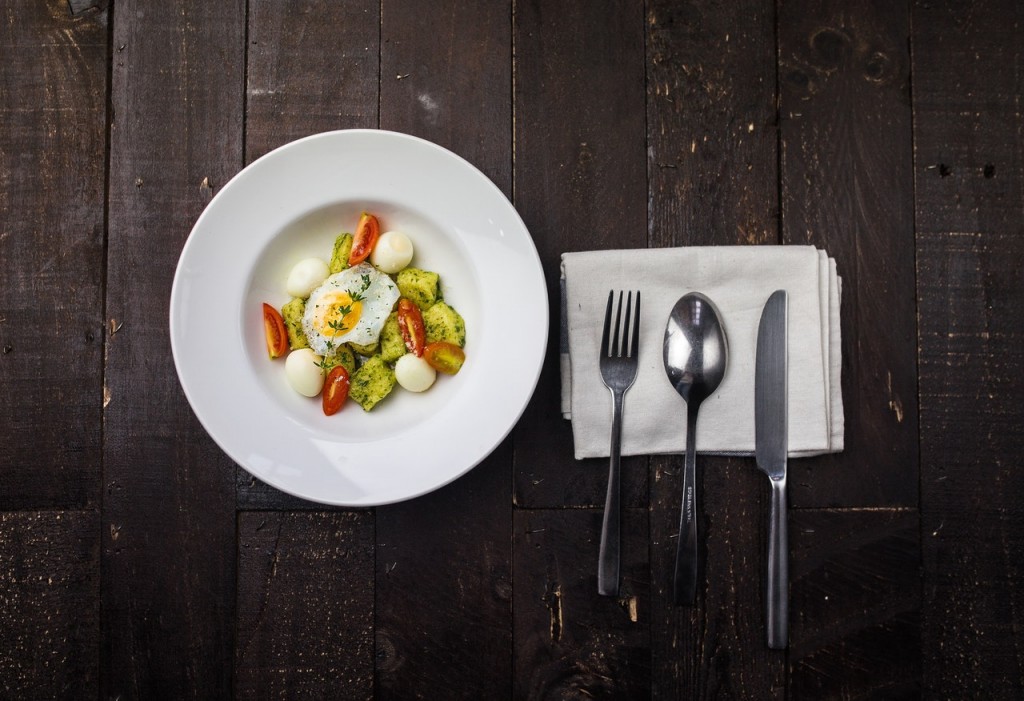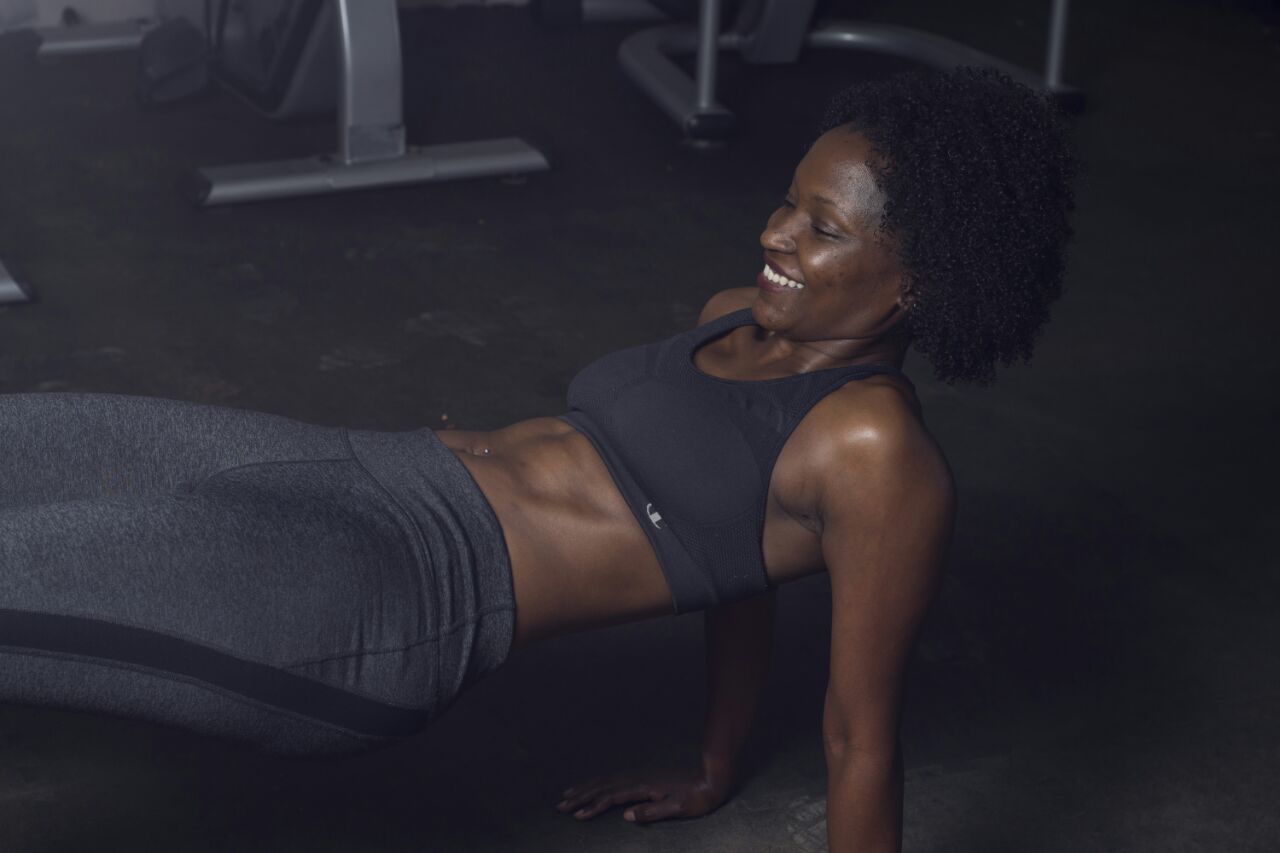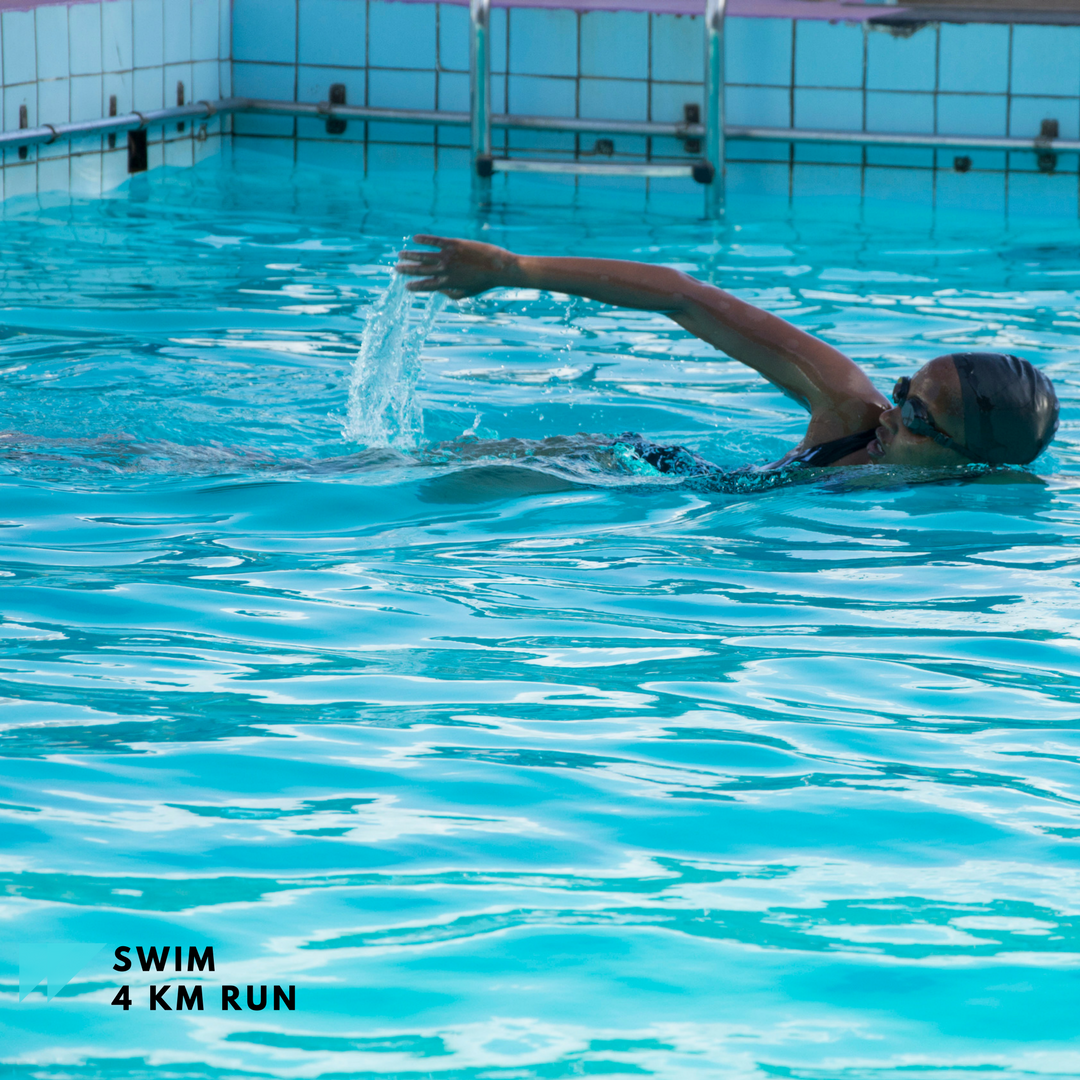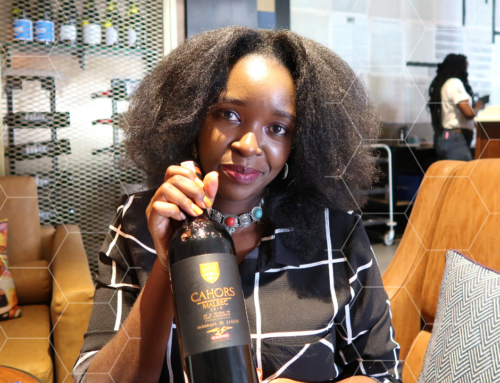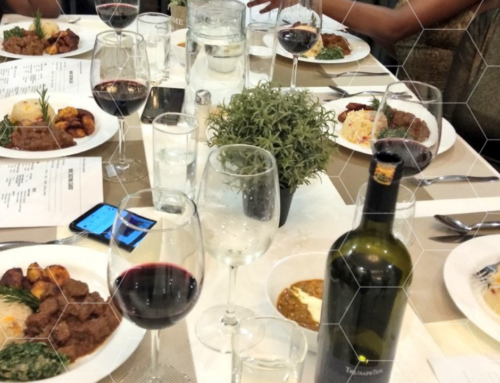Happy Monday!
Today we are doing things a bit differently. I had a health category on my blog that I have not updated in a while. So, I am on this healthy eating journey like many of us are, but I struggle to find options on what to eat while still maintaining a great physique, being healthy and great skin. So today, I have a guest to tell us more about how you can remain active & ensure that food works for you. Meet Wambui Mwangi of wambuimwangi.com who is a a fit-life enthusiast who spends as much time as she can eating, drinking and burning off the calories. She also loves to travel and most of her trips are centered around food, fitness and travel.
The Wine and Food Review caught up with her last week to learn how we can remain active while creating better eating habits.
Tell us about your fitness journey!
My fitness journey started way back before I even realized it was a fitness journey. My mother taught my brother and I to swim when we were about 3 years. We were pretty good swimmers. Between the ages of 8 and 18, I’d tried a whole bunch of activities like ballet, netball, basketball and karate but nothing stuck. Plus being in 844 system, sports wasn’t high priority at the time so my activities got sidelined. I gained a lot of weight in high school and was able to lose it quick through swimming a whole lot and being on a low carb diet. When I got to college, I got drawn into the fast food life America has to offer and quickly gained 15 kilos. I lamented to a friend of mine how bad I’d look if I gained one more kilo and he lent me LL Cool J’s Platinum workout book. I went in hard and saw phenomenal results. This kick started my fitness journey . I started going to the gym often and this slowly turned into me running in 5 and 10 Kilometer runs.
When I came back home, I got introduced to the triathlon world and I got hooked. I fully embraced the training lifestyle. It’s easier to train for events than it is to exercise. Training is goal oriented; it’s about attaining a certain level of fitness so that you can perform well at your selected sport. It requires multifaceted training so you aren’t just doing the same thing all the time.
Currently, I enjoy training for marathons and triathlons. I weight train according to this as well. I am slowly getting into more body weight and calisthenic type of training.
TWFR: Kindly tell our readers how they can start eating healthy especially in Kenya where most of our staple foods are carbs eg. chapati, rice, ugali.
Oi! Straight for the jugular.
Ugali is one of my favorite meals. Ugali and a little nyama choma or beef stew with Sukuma with a nice wine or a bitter lemon has me weak in the knees. At my worst, I was consuming it 3 -4 times a week. Chapati in the cold season with a cup of milo? Heaven! Needless to say, my tummy was no where near flat at this point in my life.
TWFR: Gosh those hot chapatis are sooo good but they are the devil! Haha!
I had cut it down my ugali intake to once a month because I wasn’t seeing results. My trainer at the time told me its not nutritionally dense. You’ll eat it and get full but it does little for your body. He recommended I cut it out of my diet completely. That wasn’t happening! In the first few months I cut down my consumption to once a week. I replaced it with sweet potatoes (because they have more fiber) and the occasional chapati. The results spoke for themselves- I was leaner with a flatter tummy and more alive in the afternoon.
My advice is: Choose your carbs carefully. It’s hard to escape ugali or chapati because they taste so darn good. So ditch the rice. Just stop buying it. Remove the pasta as well unless its whole wheat pasta.
TWFR: I know so many people (me included) who wanna fight you because rice is bae!
People don’t like hearing this, but you shouldn’t be eating ugali, chapati and rice on the same day unless you are about to walk or run a marathon or hike Mt Kenya. If you’re going to be engaging in some strenuous activity in the next 12 hours, then the go for the ugali. If you aren’t, go for the chapati. The reason your tummy isn’t as flat as you want it to be is because of your diet! You are having too many high carbs! (Ugali, Chapati, Rice, Nduma, Ngwache, Matoke, Alcohol) and minimal activity.
Wambuis Tips! Let’s Try a 21 day challenge!
- Reduce Ugali and Chapati intake to one or twice a week.
- Eat more sweet potatoes or arrowroots- boiled or baked with no oil. No chips / French fries because their nutrients have been drowned and suffocated with oil.
- Pile your plate with veggies. A whole lot of them. Ushago wedding pile. Haha! And start eating the veggies before you eat the accompanying high-carb (chapo/ugali)
- Fruits, veggies, and beans also have carbs so if you get a good amount in you won’t really need the ugali, chapati or rice.
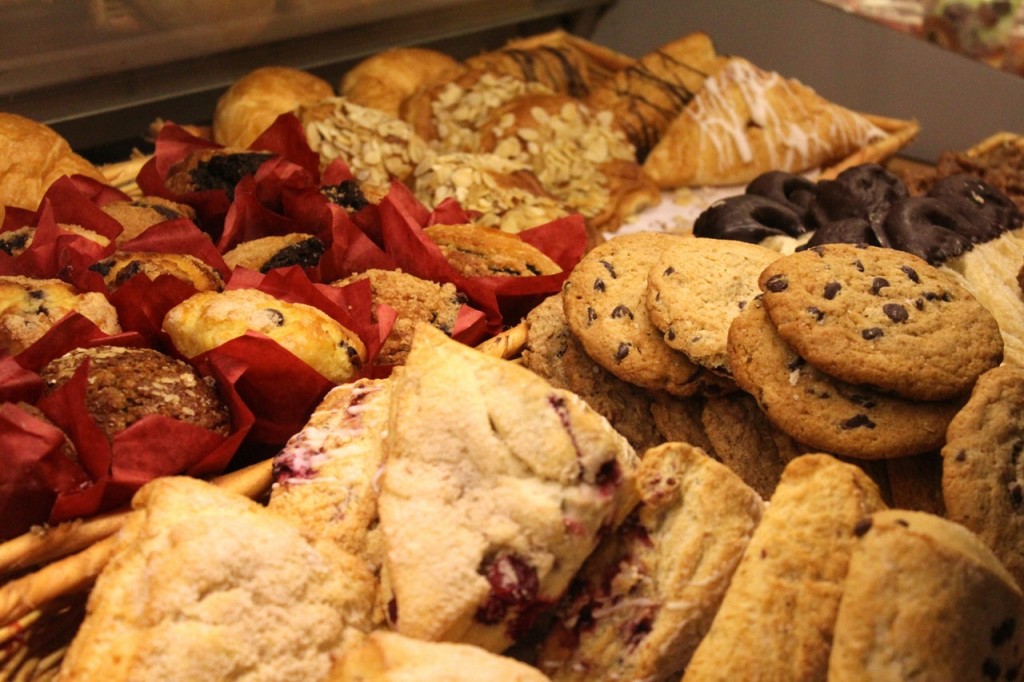
TWFT: Interesting Insights Wambui. Let’s dissect this issue a bit. Why do people fear carbs so much? Are carbs bad for us? Do you eat carbs?
Marketing, that’s why we fear carbs. The Sugar, Dairy and Meat industry have us believing that carbs are the devil. We’re human and always looking for a shortcut so we market that cutting carbs is the quickest way to weight loss and is thus the culprit. When the reality is that ; You can’t run away from carbs though they are in the everything you consume- even tomatoes. Did you know if you cut out meat from your diet you’ll also lose weight?
At the end of the day, too much of anything is bad for you. Too much nyama choma and you’ll get gout, too many carbs and fatty foods and you’ll get obese; the list goes on and on.
Don’t be afraid of carbs. Instead, learn how your body repsonds to particular carbs. For example, I try to avoid white potatoes because they sits longer in my digestive system. Trust me, my body craves them but I make the conscious decision to pick a fry or two off a friend’s plate instead. Beet roots as well. My body just takes forever to digest them. Understanding how your body responds to food is an important step. If you are lethargic in an hour or so after a meal and you got a good night’s rest, either you ate too much or your body is spending all of its energy breaking down that food which can be problematic to your health and fitness goals.
Naan or a chapatti with a chicken stew is now my cheat meal. Special occasions call for pasta. The monthly cycle always calls for a donut from Alexandre’s, a piece of cake or chocolate. It happens and I indulge a little. Never too much because the goals must be met and the goal won’t be met if you overindulge.
TWFR: Which are some of your best places to shop for food in Kenya / Nairobi. Where do you buy great healthy food?
For produce, I like to go to Zucchini. Their veggie prices are better than Nakumatt. Lately though I’ve been going to market in Parklands to buy produce. Healthy U have a great selection of supplements (if you take them) as well as healthy alternatives like Almond Milk, Gluten Free pasta.
For meat any butchery with fresh meat is best. Avoid the frozen meats.
We live in Kenya so we have great produce options. The challenge I think is not so much where you can get great healthy food but how to prepare healthy food. Stop cooking with oil is the first recommendation I would make. Use water instead it works just as well. Less calories and trust me hardly anyone will notice. Bake, roast, steam and boil 90% of your food. That’s what I do and I’ve seen great results.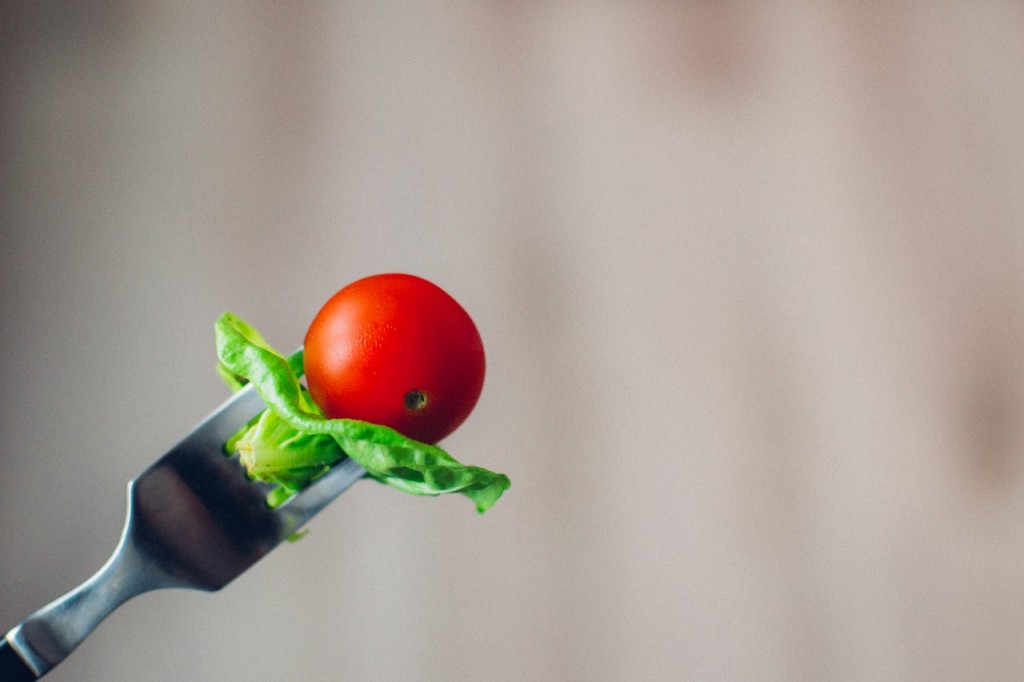
TWFR: Now, some of my readers struggle with breakfast. How do they switch it up from the normal ‘milk /tea and bread” to other things that are more wholesome?
Milk and Bread? You’ll be hungry by the time you get to work why would you do that to yourself? For breakfast, ensure you have a high carb: high protein meal. Oatmeal, eggs, chicken, fish, Sweet potato, Nduma, Porridge, avocado.
I prefer oatmeal because it is easy to make even when I’m running late. I prefer oatmeal because it is simple : You boil water, pour and stir. Sure its bland but you have honey, cinnamon, eggs, beans, raisins and slew of other items you can throw in to make it tastier.
My typical breakfast (varies day to day); Wambui’s Breakfast
30 grams Oatmeal + 1 egg white + Cinnamon + Handful of nuts
30 grams Oatmeal + ½ cup beans /lentils
30 grams Oatmeal + fruit
Last nights leftovers.
When I want to cook: Breakfast Option 2
2 Egg whites scrambled+ avocado / vegetables
Banana + Egg pancakes (Whisk a banana and egg together until batter is consistent. Add water if needed. Add vanilla essence. Pour into pan)
Porridge/ Wimbi + 2 handful of nuts and raisins.
One of the most underrated statements in nutrition and fitness is eat like a king for breakfast, a prince for lunch and a pauper for dinner. Eat your favorite meal for breakfast. If you like ugali and beef stew, eat that for breakfast. It’s a whole lot better than milk and bread. I advocate for chapatis for breakfast instead of maandazi. A boiled egg or two doesn’t hurt. Eggs can keep for about 3-4 days after boiling when refrigerated. Just pop them in hot water if you haven’t shelled them.
TWFR: In your blog, you mentioned that getting abs requires time and dedication. Please tell us more about your experience with getting abs.
Sacrifice, sacrifice, sacrifice with a touch of dedication. Oh and whole lot of patience. I decided I wanted abs in 2016. Prior to that, I was this skinny active girl with no abs and an aspiration to have a bigger booty – I was out there looking like I have marasmus. My trainer at the time told me cut the ugali. I was devastated.
TWFR: We can imagine!
But it worked when I reduced my consumption of carbs that aren’t nutritionally dense. In the long run, I ended up going on a highly restrictive diet and on a highly intensive triathlon and gym regimen.
The Regimen
Food
I reduced my carb intake. Ugali and chapati were saved for special occasions. My primary source of carbs was sweet potatoes and the occasional whole wheat pasta. Every other month, I would avoid eating meat. So, if I ate meat in July, I wouldn’t eat meat in August. My meat intake was only white meat. Limited consumption of alcohol. No oil in food and boiled, baked or steamed food. No processed food.
Exercise
A variation of cardio (swimming, cycling, running, HIIT) with a whole lot of body and weight training. I trained abs almost daily. I trained twice a day, 5-6 times a week, for a about 3 months. As relates to ab work, a lot of people say don’t train abs every day. But you require your abdominal muscles to be engaged while you perform a squat or a burpee etc so you are training them whether you like it or not. My abs exercises vary day by day. I do more than crunches and sit ups. I do cobras, Russian twists, mountain climbers, bird-dog, planks. One day you’ll find me doing regular squats and ab crunches the next day will have be doing planks and weight long arm crunches. Variation is the key!
TWFR: What is your advice to people with no access to a gym ? Are there activities/ sports that people in Kenya can engage in to stay active over the weekends?
If you are financially constrained and have no access to a gym, there are plenty of activities you can do. Walking and running are the best entry points. Body weight training is also great and squats, push-ups, lunges can be performed at home. I’ve found that lifting items around the house helps provided resistance; eg. lifting a stool or a pouf. We have a several foot bridges around these days. Find a couple and run up and down the steps.
Alternatively, if you aren’t a fan of the gym there are so many activities you can do. I had a short series on my blog called 60 days of Fitness which showcased various activities that one can engage in; from ice skating to horse riding; boxing to gymnastics. There are a lot of things you can do.
TWFR: Where do you draw your inspiration to stick to your fitness & healthy eating goals?
My future. I’d like to run a 21 KM with my children so, I got to keep active now. I want to be able to play with my kids and hopefully my grandchildren.
My lofty aspirational goal is to be an athlete. I remind myself frequently of this and it makes things a lot easier especially when I am not in the mood to work out. An athlete is disciplined, dedicated to their craft and is always improving. So I strive to do the same. As I said earlier, it helps to train as opposed to exercise.
Netflix also has these crazy documentaries that snatch the weave right off of you 🙂 and force you to eat healthy or be more active. So I watch them regularly and every time I watch them I’m like; “Hot damn! No meat, more vegetables, gotta keep moving!”. LOL I’ll be posting my favorites on my blog soon.
TWFR: With that energy, we are feeling motivated to hit the gym or lift something already! How do you maintain a healthy diet when travelling or eating out?
Please pack your workout gear. Always, always, always! If there one thing I don’t like when travelling is not using my cute outfit that I packed so seeing my workout gear forces me to get a workout in. Lunges, Burpees, Squats, Push-ups are a great hotel room workout. The best way to get to know a place is to walking around the town or running. Aim for 5- 10KM a day when travelling. It’s always worth it.
The one thing I love more than working out is food. I struggle with this; I always want to try new sweets, new curries and steaks. When I travel, I drink as much water as possible. I eat fresh food and stay away from deep fried food.
TWFR: Do you meal prep/ meal plan/ What would you advise people to do to come up with a good meal plan.
I do meal prep. Every week, I go to the grocery store and buy food for the week. The best way to come up with a meal plan is based on your goals and activities.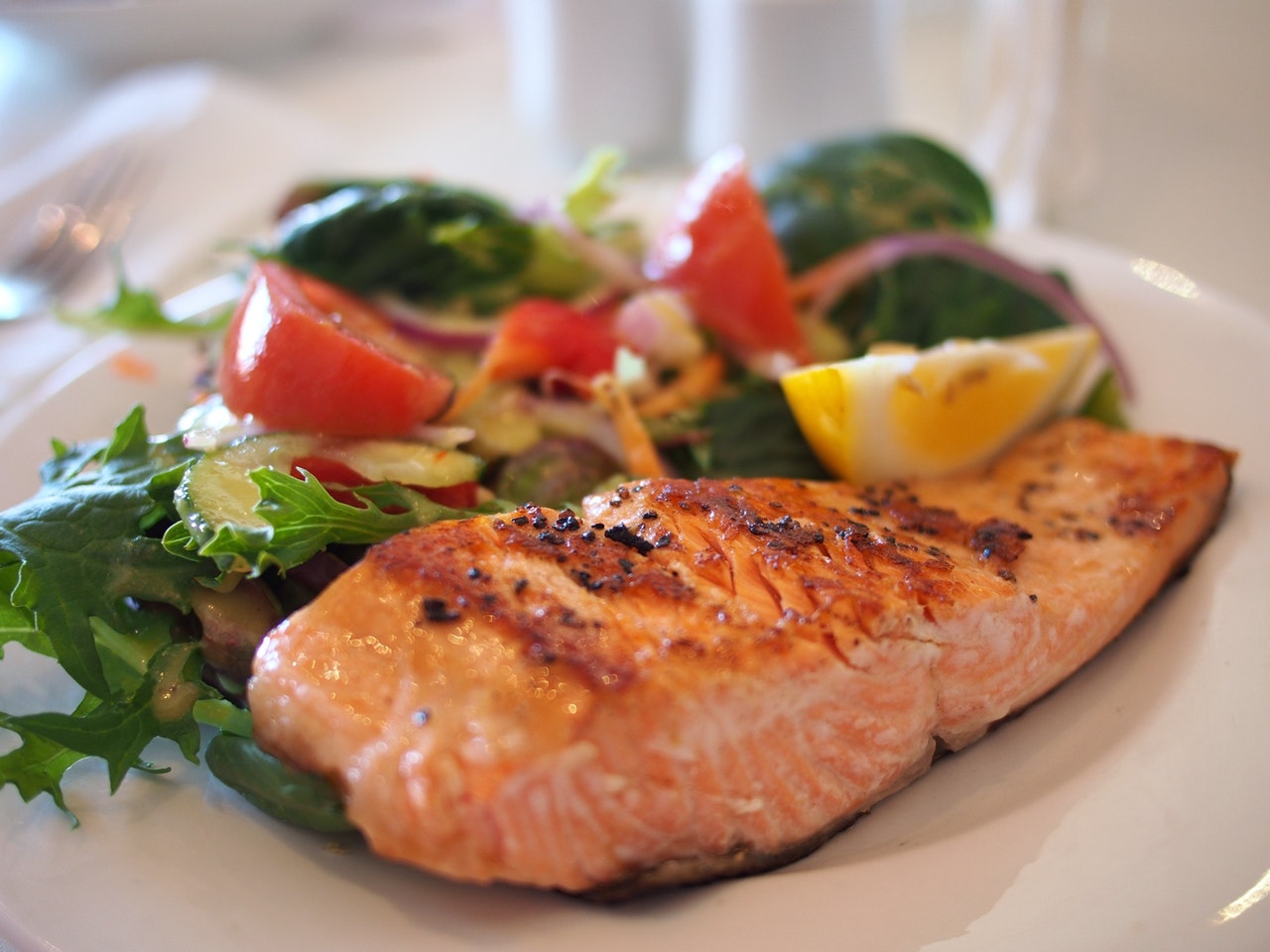
If you are looking to lose weight, you must create caloric deficit. Here’s where the raw foods and the salads come in handy. Avoid using salad dressing and go for a lemon or lime. My recommendation is to reduce your meat intake and look at alternative sources of protein like eggs, beans, legumes, quinoa and lentils because they are lower in calories. Aim to consume chicken or fish two to three times a week. It’s imperative that you eat frequently so stock up on the veggies and fruits.
If you are looking to gain muscle – caloric surplus. Here’s where you eat lots of chicken and fish on top of all the veggies and fruits you can. Again, cardio days allow you to eat high carb foods like potatoes and or chapati but low cardio days should have you eat more protein.
In the beginning of you weight or muscle gain journey I highly recommend eating 5 times a day. If you are looking to create a caloric deficit –This ensures you don’t get hungry, and as long as you are eating naturally found food it will allow you to understand how your body responds to particular foods.
So eat accordingly. You also want to eat clean. Portion control is also key.
Sample diet for men:
2 palms of protein dense foods once a day:
3 fists of vegetables with each meal;
2 cupped hands of carb dense foods;
2 entire thumbs of nuts and seeds with most meals.
Sample diet for women.
1 palm of protein dense foods with each meal;
3 fist of vegetables with each meal;
1 cupped hand of carb dense foods with most meals;
1 entire thumb of nuts and seeds.
Thank you so much Wambui for these amazing insights.
Guys, this is a feasible, actionable and easy guide for you to get started on your healthy eating goals.
To catch up with Wambui, check out her amazing blog and follow her on Instagram.

